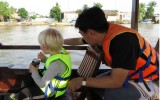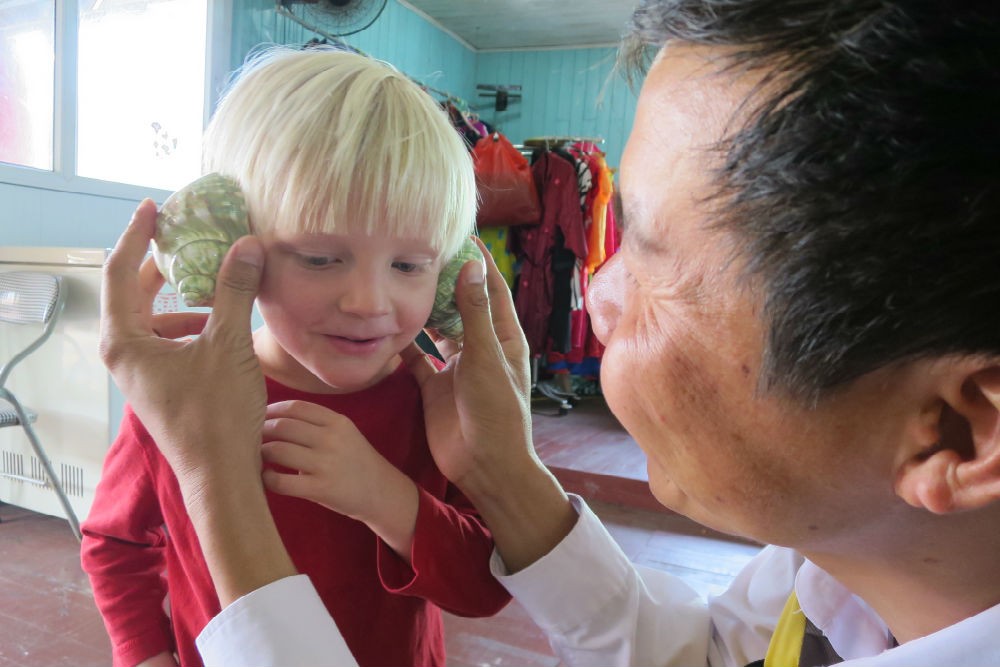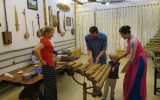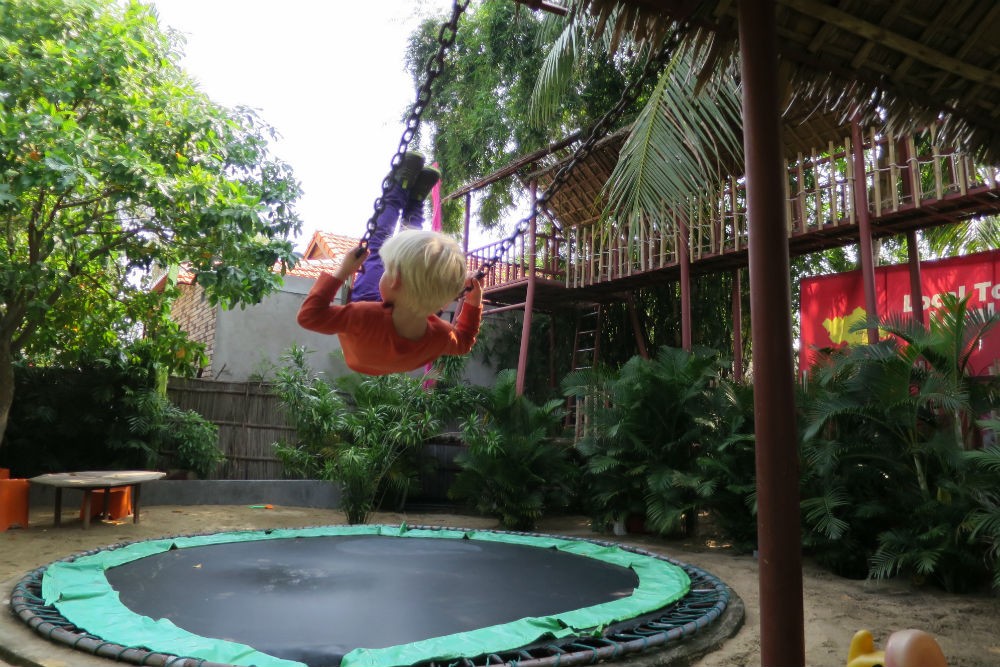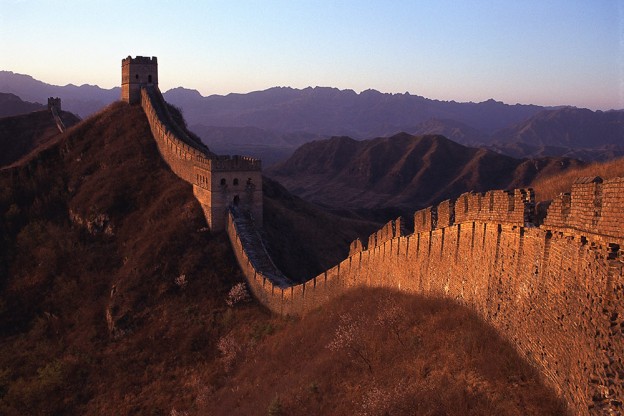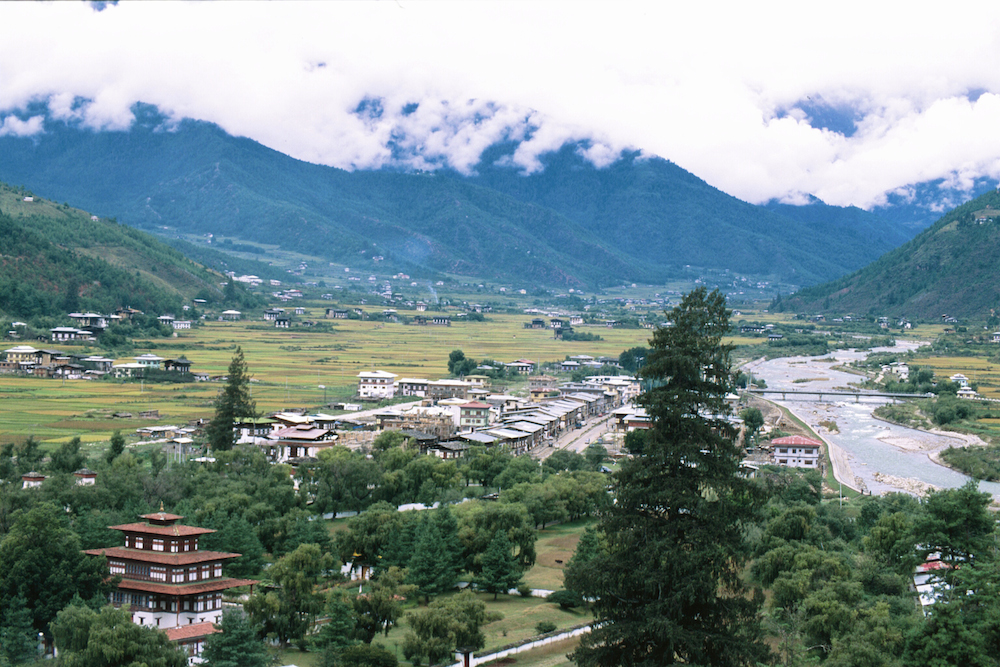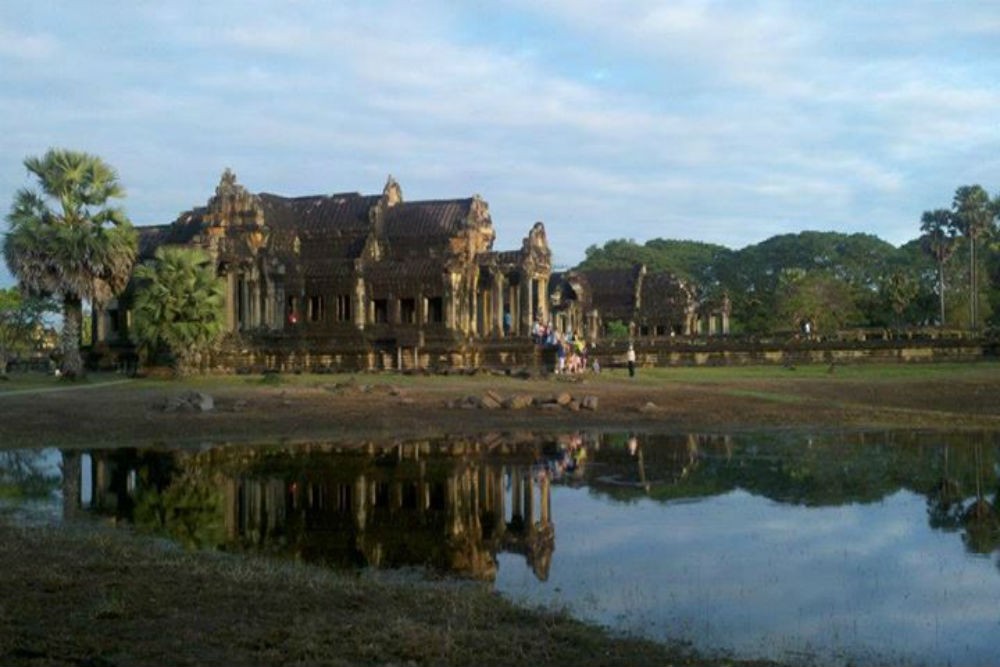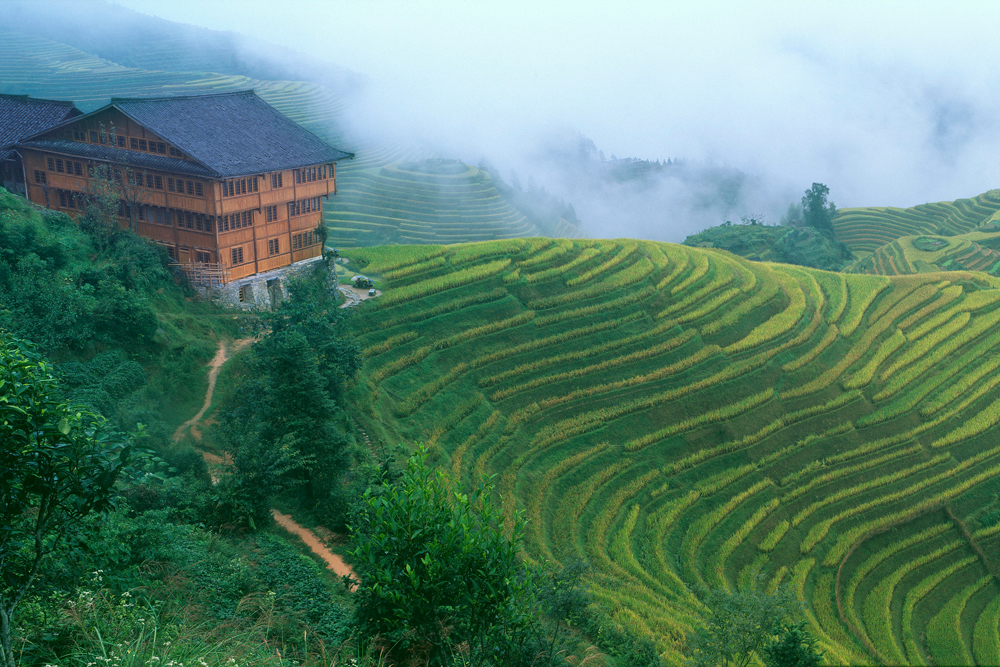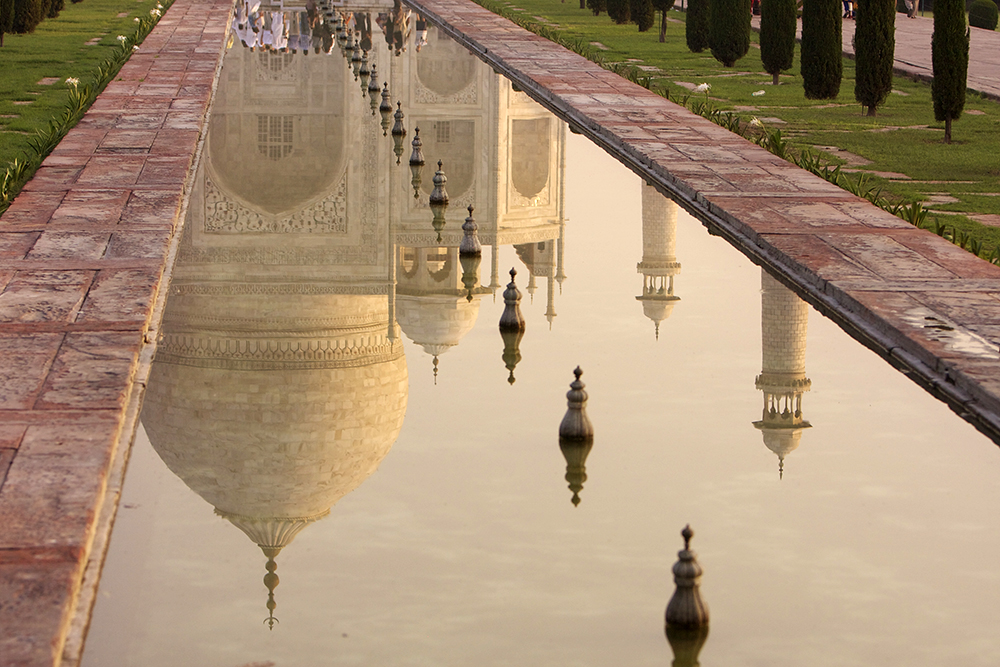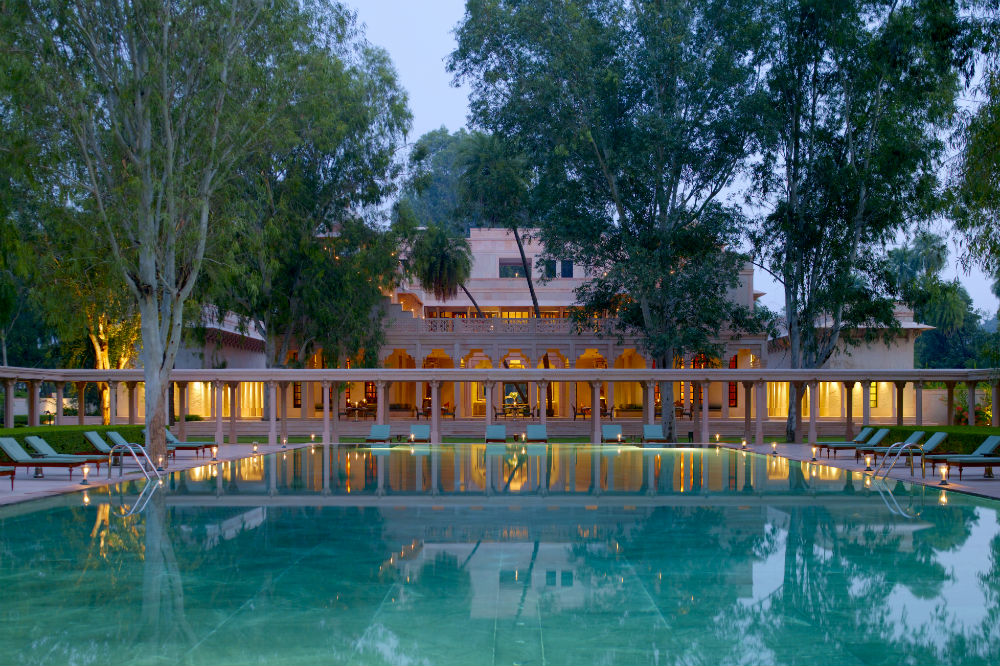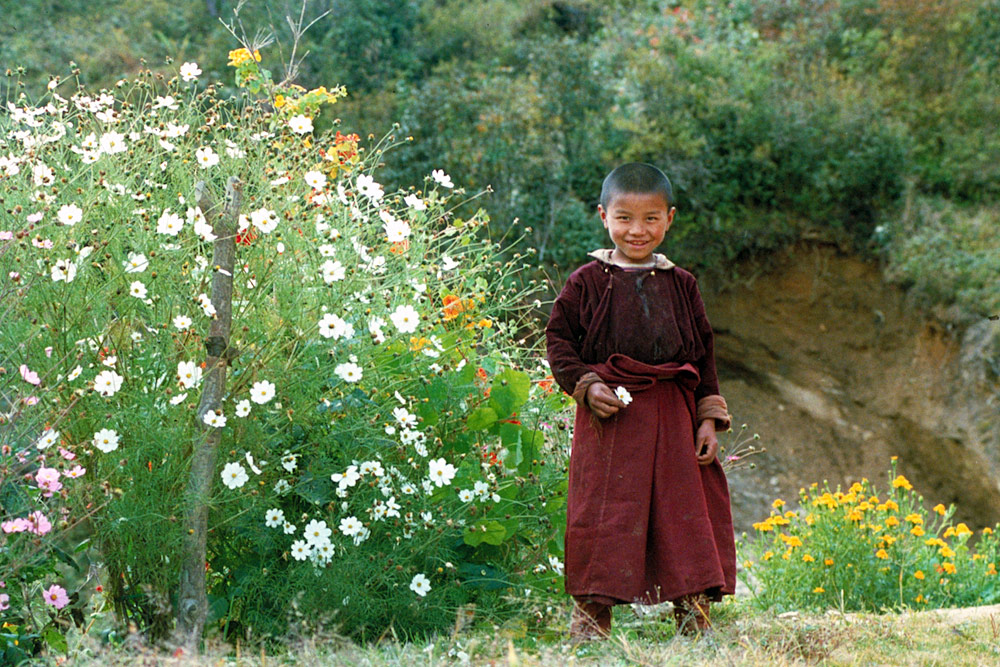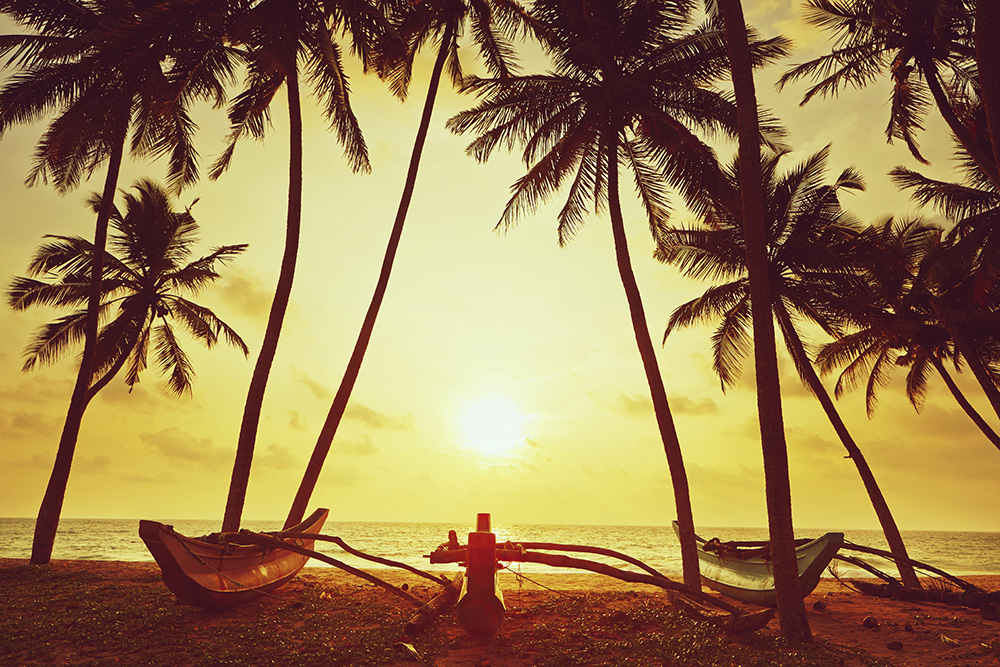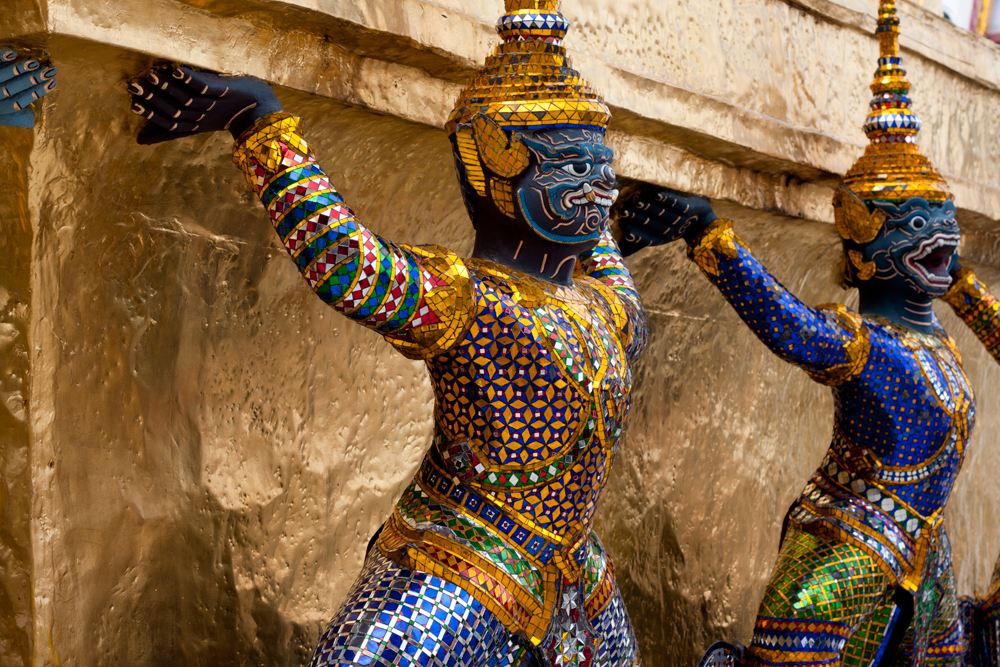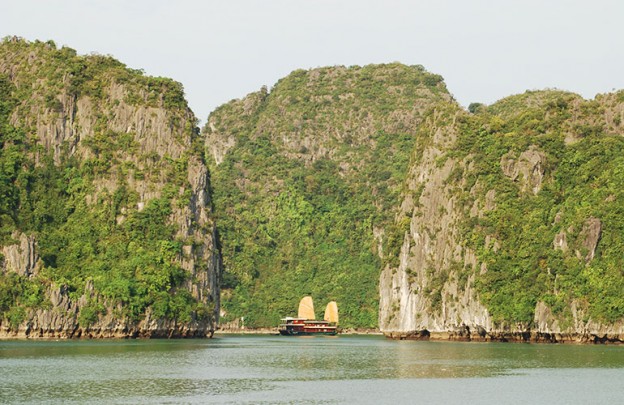When you’re planning a vacation with young kids, you might think that hiring a private guide is an unnecessary luxury, an expense that couldn’t add much to the experience or that might get in the way of all that family bonding. You’d be wrong.
A good kid-friendly guide—as I found out on a recent trip with my husband and four-year-old to Southeast Asia—can make a huge difference in your child’s experience of a place, and in yours, too. The best ones know how to make museums come alive, where to find engaging activities, and equally important, how to steer your day so that no one has a meltdown (adults included).
The same value that outstanding guides add to grown-up trips—fascinating history and context, behind-the-scenes access, instant entry into local culture—they can bring for kids too. We travel with our children because we want to create memorable experiences as a family; how memorable is it if you’re chasing after them all day and trying to figure out the next “fun” thing to do? A private guide will not only come up with exciting activities, but will also take care of the small, annoying details—leaving you free to accomplish your main objective: spending meaningful time together.
In the end, our Southeast Asia guides ensured that our trip ran as smoothly and efficiently as possible, given that we had a four-year-old in tow. Here’s what I learned families should look for when choosing and using a private guide:
Request a guide who’s also a parent. With perhaps a few exceptions, only a fellow parent can truly understand how a young kid will impact your trip. Ask your trip planner how he/she knows that a particular guide is great with kids; have they seen the guide interact with children?
Make clearly spoken English a priority. My son, Zeke, had a hard time understanding when some of our guides spoke; in these situations, either my husband or I would have to “translate” for him. In the future, I’ll make unaccented pronunciation the second-highest priority for any guide I hire for my family.
Ask in advance for a treasure hunt or other kid-focused activities. Don’t expect your kid to simply tag along while you tromp through museums and monuments. Including your children in the day’s events is key to keeping them engaged. Treasure hunts are a great way to keep them interested throughout a day-long tour.
Invite your guide to bring his/her own kids along. Our guide in Saigon had two kids close in age to our own; when he brought them along, Zeke—who had up until then been shy around our guides—immediately warmed to the whole family. It was as if he saw our guide as a dad now, a figure he could trust. And he adored playing with the girls so much that my husband and I were able to leave him under the care of the girls’ mother or uncle while we did some sightseeing. (If you’d rather not pay for another adult who can act as babysitter, you can tag-team the sightseeing while your spouse watches the kids.)
Make the most of your time with a guide, wherever you are. When Zeke hijacked the city tour that had been planned for our only day in Hanoi (thanks to a tantrum so bad it left me in tears), our guide took us to an indoor play area instead. While we didn’t get to see much of Hanoi, I still learned a lot about contemporary Vietnamese culture by chatting with our guide while my son played in a ball pit.
Be vigilant about the schedule. Adding a four-year-old to the equation makes everything take twice as long, whether it’s a trip to the grocery store or a stroll through Hoi An’s Ancient Town. When any of our guides assumed that we could keep to a typical touring timetable, the schedule would invariably slide, and my son would end up missing his afternoon nap—which made all of us cranky. If I’d estimated for our guide how long my son would last in Angkor Wat at the outset, he could have properly paced our visit so that we saw all of the ruins’ highlights. As it was, my son melted down halfway through and we had to skip half of the temple. Next time, I’ll be explicit with guides about what time we have to eat lunch or be back at the hotel for an afternoon rest, so that they can plan accordingly.
Allot your time with guides thoughtfully. I found a private guide most helpful in large cities, where logistics are particularly tricky. I recommend hiring one for your first day in a new city, then using any additional time there to explore on your own. Elsewhere, use guides only where they can provide access to things you wouldn’t see otherwise: a local village, say, or an after-hours visit to a museum that’s normally crowded.
What’s the best thing that a private guide has done for your family on a trip?
Be a smarter traveler: Use Wendy’s WOW List to plan your next trip. You can also follow her on Facebook and Twitter @wendyperrin, and sign up for her weekly newsletter to stay in the know.
Disclosure: Journeys Within and their partners provided most elements of the writer’s trip (hotels, intra-Asia airfare, guides, ground transportation, and sightseeing entry fees) free of charge. In keeping with WendyPerrin.com standard practice, there was no request for coverage on Journeys Within’s part, nor was anything promised on ours. You can read our sponsored travel agreement with Journeys Within here.

